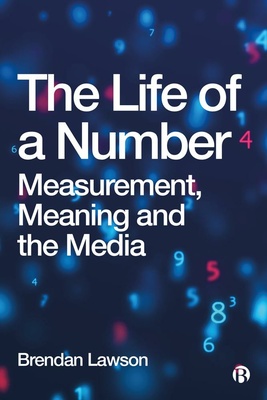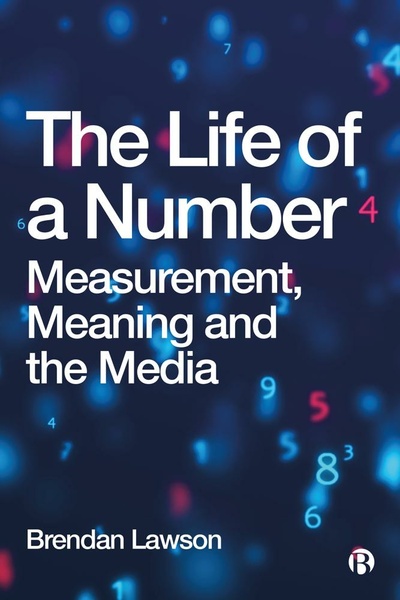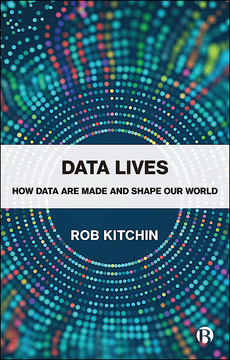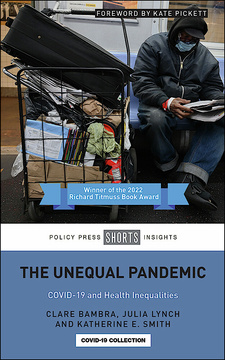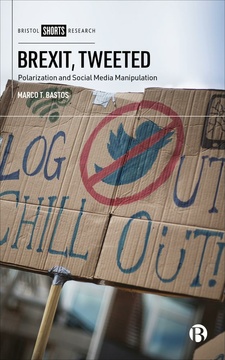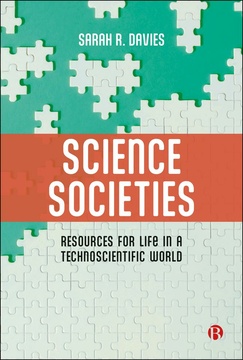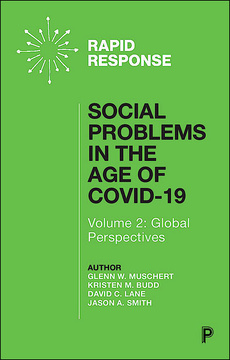Published
Apr 28, 2023Page count
166 pagesISBN
978-1529225334Dimensions
234 x 156 mmImprint
Bristol University PressPublished
Apr 28, 2023Page count
166 pagesISBN
978-1529225341Dimensions
234 x 156 mmImprint
Bristol University PressPublished
Apr 28, 2023Page count
166 pagesISBN
978-1529225341Dimensions
234 x 156 mmImprint
Bristol University PressDo numbers have a life of their own or do we give them meaning? How do data play a role in constructing people’s perceptions of the world around them? How far can we trust numbers to speak truth to power?
The COVID-19 pandemic offers a unique moment to answer these questions. This book examines how politicians, experts and journalists gave meaning to data through the story of seven iconic numbers from the pandemic.
Shedding light on a new dawn of data, this book makes a valuable contribution to our understanding of the relationship between numbers, meaning and society.
"This fascinating book provides two important interventions. First, it provides a critical toolkit for making sense of how quantitative data are used to understand social phenomena. Second, it provides insight into how statistics drove policy responses to the COVID-19 pandemic. An engaging critique of evidence-based journalism and policy making." Rob Kitchin, Maynooth University
B.T. Lawson is Research Associate at Loughborough University.
1. Introduction
2. Data bounds Are Reinforced by Policy
3. Quantitative Realism Underpins Data Bounds
4. Quantitative Realism is Mathematical and Abstract
5. Desire for Data Bounds Underpins Quantitative Realism
6. Data Bounds Are Emotive
7. Data Boundaries Are Drawn Within Historical Norms
8. Critically Engaging with Data Bounds
Afterword
References







